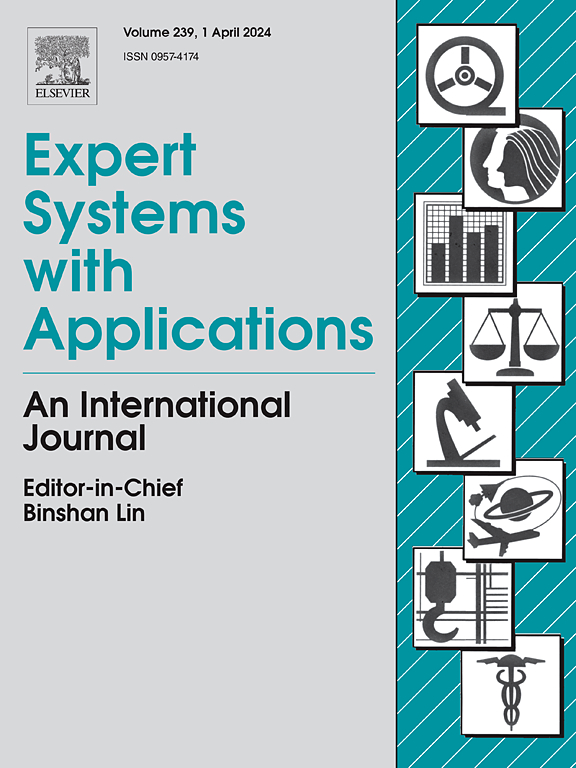An end-to-end intelligent welding defect detection system for low-quality X-ray images with adaptive progressive learning
IF 7.5
1区 计算机科学
Q1 COMPUTER SCIENCE, ARTIFICIAL INTELLIGENCE
引用次数: 0
Abstract
Intelligent weld defect detection based on X-ray images is a paramount research topic in the field of industrial automation. Many excellent object detectors have been developed into industrial vision frameworks. Despite significant efforts, these methods still fail to effectively detect weld defects in low-quality X-ray images (low-brightness, foggy). We have carefully considered the evaluation process of human experts, and experienced engineers usually carefully adjust the details of the image, and then focus all their attention on defect evaluation after briefly browsing the image. Inspired by the above process, we develop a novel framework to detect different types of defects from low-quality X-ray images. Firstly, an adaptive image preprocessing method is designed to simulate the fine adjustment of image details (brightness, contrast) during manual evaluation. The parameters of image processing can be obtained through joint training of a differentiable preprocessing module and a back-end detector, thereby flexibly adjusting the details of the image. Secondly, a progressive feature extractor is proposed, which includes three inherently connected components: multi-view feature extraction, large-kernel perceptron, and feature recombination to simulate the rough to centralized process of manual evaluation, thereby improving the model’s ability to capture defects and overall performance. In practical application, we used the weld defect dataset based on X-ray in North China. We achieved a 8.5% AP improvement (23.4 M model training parameters), with inference time of 15.9 ms per image and resolution (640 × 640).
基于自适应渐进学习的低质量x射线图像端到端智能焊接缺陷检测系统
基于x射线图像的焊缝缺陷智能检测是工业自动化领域的一个重要研究课题。许多优秀的目标检测器已经发展成为工业视觉框架。尽管付出了巨大的努力,但这些方法仍然无法在低质量的x射线图像(低亮度、有雾)中有效检测焊缝缺陷。我们仔细考虑了人类专家的评估过程,经验丰富的工程师通常会仔细调整图像的细节,然后在短暂浏览图像后将所有注意力集中在缺陷评估上。受上述过程的启发,我们开发了一种从低质量x射线图像中检测不同类型缺陷的新框架。首先,设计了一种自适应图像预处理方法,模拟人工评价过程中对图像细节(亮度、对比度)的精细调整;通过可微预处理模块和后端检测器的联合训练获得图像处理参数,从而灵活调整图像的细节。其次,提出了一种递进式特征提取器,该提取器包含多视图特征提取、大核感知器和特征重组三个内在联系的组件,模拟人工评估从粗糙到集中的过程,从而提高了模型捕获缺陷的能力和整体性能。在实际应用中,我们使用了华北地区基于x射线的焊缝缺陷数据集。我们实现了8.5%的AP改进(23.4 M模型训练参数),每张图像的推理时间为15.9 ms,分辨率为640 × 640。
本文章由计算机程序翻译,如有差异,请以英文原文为准。
求助全文
约1分钟内获得全文
求助全文
来源期刊

Expert Systems with Applications
工程技术-工程:电子与电气
CiteScore
13.80
自引率
10.60%
发文量
2045
审稿时长
8.7 months
期刊介绍:
Expert Systems With Applications is an international journal dedicated to the exchange of information on expert and intelligent systems used globally in industry, government, and universities. The journal emphasizes original papers covering the design, development, testing, implementation, and management of these systems, offering practical guidelines. It spans various sectors such as finance, engineering, marketing, law, project management, information management, medicine, and more. The journal also welcomes papers on multi-agent systems, knowledge management, neural networks, knowledge discovery, data mining, and other related areas, excluding applications to military/defense systems.
 求助内容:
求助内容: 应助结果提醒方式:
应助结果提醒方式:


